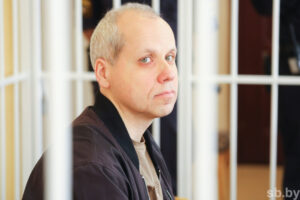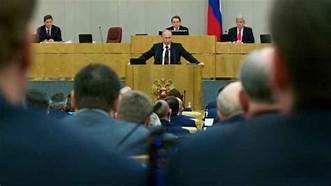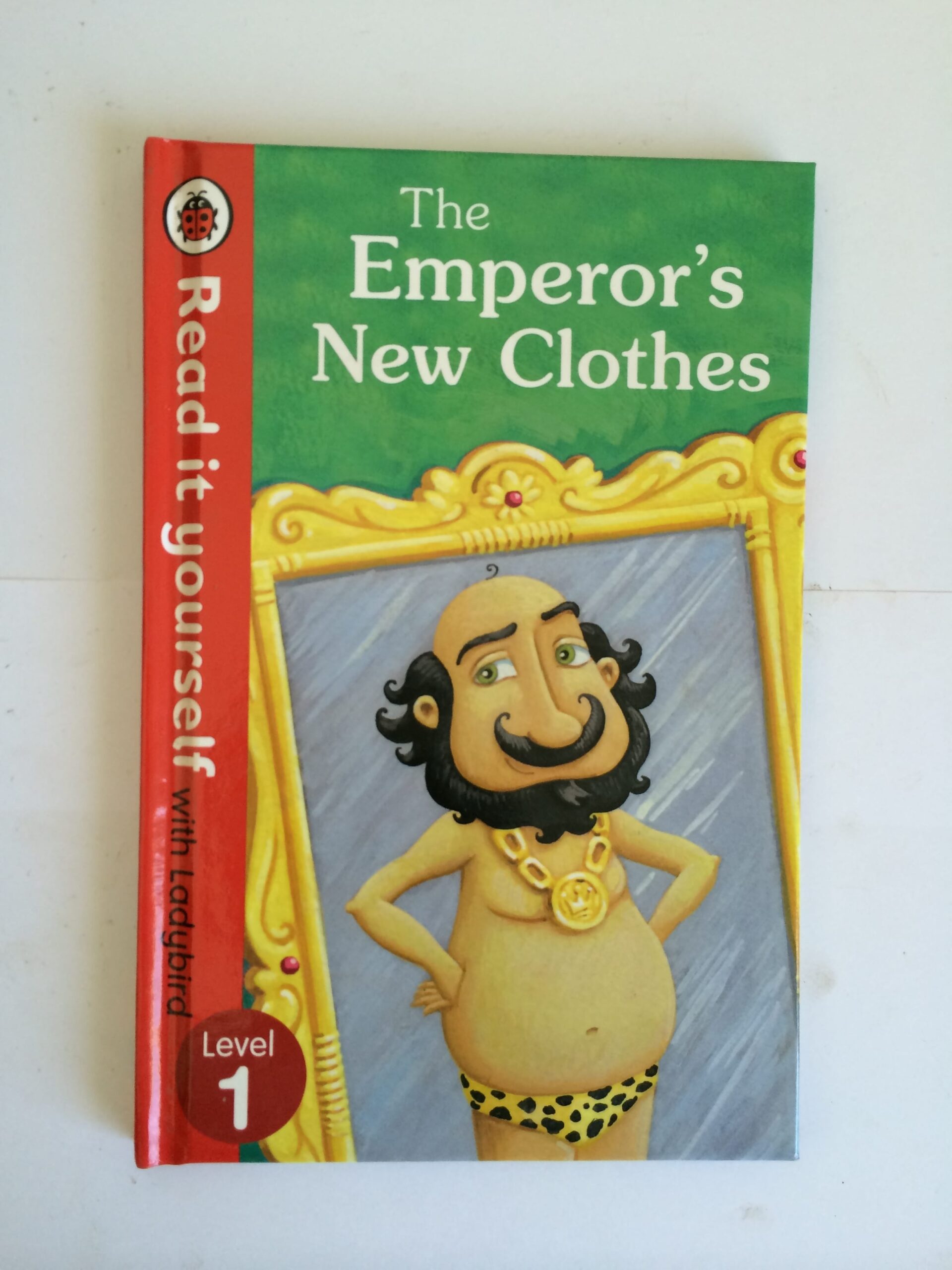Ihar’s War
Ihar has a passion for Belarusian history. He has written 28 books and numerous articles. He has been interviewed by some Belarusian and foreign media, though not yet by Russian or the official Belarusian media. He has held hundreds of exhibitions in Belarus and outside and conducts tours of the pre war Polish-Soviet border in order to explain aspects of both official and non-official histories.
At some of his gatherings, he wears an officer’s uniform that a Belarusian would have worn during World War 2. It is the uniform, not of a Red Army officer, but an officer of the Polish Second Corps, as part of the British Eight Army, in order to keep alive the memory of those Belarusians who contributed to the defeat of Hitler on all fronts. Therein lies his problem.
‘The Soviet narrative and that of Belarus under Lukashenko only acknowledges the contribution of Belarusians who fought with the Soviet forces. They do not recognise those Belarusians that fought with the allies on the Western front, including those who were deported to Siberia between 1939 and 1941 and who later joined in the creation of a Polish army made up of deportees. This army was formed in the Soviet Union, equipped by the British and served as part of the British forces on the 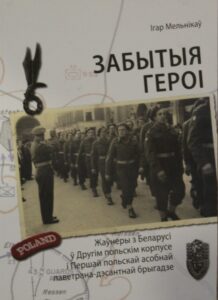 Western front.’
Western front.’
‘For many Belarusians, the war began on 1st September 1939 when Germany attacked Poland. Belarusians living in Poland, including what is now Western Belarus, were part of the first soldiers to fight against the German invaders, and also against the Red army after they came into the Polish part of today’s Belarus on the 17th September 1939.’
This contradicts current official history which says that the Soviet Army liberated Western Belarus without resistance in 1939 and the War started in 1941. This official history glosses over the subsequent deportations to Siberia of the population of this region – ethnic Poles, Jews and Belarusian – landowners, businesspeople, anybody who could populate the remote regions of the USSR, the intelligentsia and those who might offer resistance to the Soviet regime. Ihar’s work also goes against the official story that the main fight against the Nazis took place on the Eastern front until the D-Day landings in June 1944 and ‘the Western front was not significant in the battle against Hitler’. As a result, there is no official commemoration of those Belarusians who fought and died for the anti-Nazi cause in the West, including the battle of Monte Cassino in Italy. T he official history describes today’s Western Belarus under the Poles before the war in a negative light, while Eastern Belarus under the Soviet Union is shown in glowing terms. In his work, Ihar presents a more balanced view, recognising the merits of both sides.
The authorities, up to now, have chosen to either ignore him or to impede his work. ‘I invited the authorities to my exhibitions, but none of those invited came, at least not in an official capacity. ‘ Some officials came as they were personally interested in the history. Other exhibitions have been closed ‘for administrative reasons’ for example when they turned the power off.’ The state publishers dare not publish any of his books. Official disapproval has also affected his career. Because of his interest in officially ‘taboo’ areas of history he cannot get a teaching job, despite holding a PhD, speaking four languages and being an expert in his field.
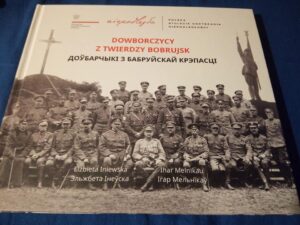 The authorities have accused Ihar of Pro-Polish and Anti-Russian bias, citing his focus on the Belarusians that have served in the Polish army, under British command. However, he also writes about those Belarusians who fought in the Kosciuszko Division’ within the Soviet army. ‘My Grandmother who is from Ryazan (in Russia) remembers the soldiers from the Kosciuszko Division billeted with her family during the war,’ said Ihar. ‘It is important to honour all Belarusians who fought against Hitler, no matter which allied
The authorities have accused Ihar of Pro-Polish and Anti-Russian bias, citing his focus on the Belarusians that have served in the Polish army, under British command. However, he also writes about those Belarusians who fought in the Kosciuszko Division’ within the Soviet army. ‘My Grandmother who is from Ryazan (in Russia) remembers the soldiers from the Kosciuszko Division billeted with her family during the war,’ said Ihar. ‘It is important to honour all Belarusians who fought against Hitler, no matter which allied 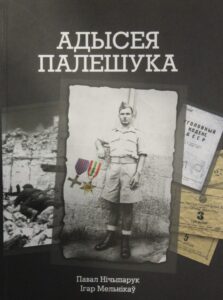 army they fought in.’
army they fought in.’
He has been also criticised by some Poles who accuse him of being anti-Polish. As he put it, ‘I am not anti-anybody. I am ‘pro-Belarus’. I describe the pre-war repressions in Soviet Belarus and in Polish Western Belarus, because they happened. I describe the role of Belarusians in all armies, because they happened.’
Despite official disapproval, the reactions of ordinary Belarusians have been encouraging. The exhibitions, advertised only through word of mouth only, attract a huge following. ‘People are fascinated by many of the things I tell them because they simply did not know about them before. One person showed me pictures of their ancestors in Polish uniform but had no idea why. Others simply didn’t know about life under the Poles in Western Belarus, and, of course, most were unaware of the repressions of the Belarusian people and the attempts to destroy its culture, its intellectual life (where many historians perished) and its history.’
I witnessed this  enthusiasm of Belarusians to learn their history myself on such gathering at an open-air festival, when people flocked to Ihar to ask him what uniform he was wearing and why. One man, slightly drunk, shouted abuse at Ihar, accusing him of being a ‘Polish spy,’ but the others politely asked the man to be quiet as they were interested in listening to Ihar’s explanations.
enthusiasm of Belarusians to learn their history myself on such gathering at an open-air festival, when people flocked to Ihar to ask him what uniform he was wearing and why. One man, slightly drunk, shouted abuse at Ihar, accusing him of being a ‘Polish spy,’ but the others politely asked the man to be quiet as they were interested in listening to Ihar’s explanations.
As Ihar puts it, ’I want to make the real history accessible to ordinary people so that they can understand their unique history. Belarusian history as taught in schools and universities is still given from the old Soviet standpoint, with many parts ignored or left out. Our real history is part of the history of European civilisation. This understanding is an important component of our Belarusian identity. With a clear knowledge of what we are, and what we have been through, the job of building a nation and creating a sense of pride in our uniqueness will be stronger.’
Post script. In September 2024, Ihar was sentenced to 4 years in Prison later reduced to 2 years. He was put in solitary confinement and moved from prison to prison, often in overcrowded cells.The arrest of Ihar and others reminds us of the insecurity of authoritarian governments and, in this case, the desire to rewrite history by destroying the country’s traditions and special identity.
You can help. Igor Vyacheslavovich Melnikov — Dissidentby
